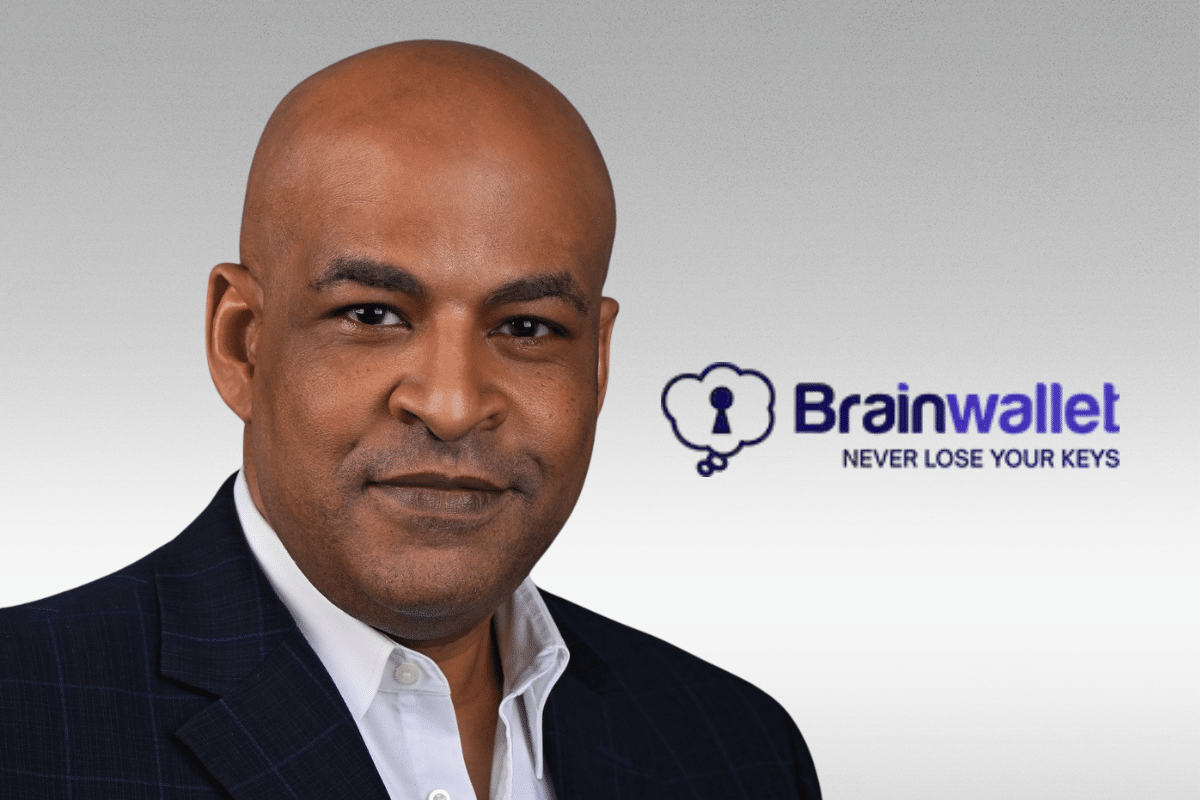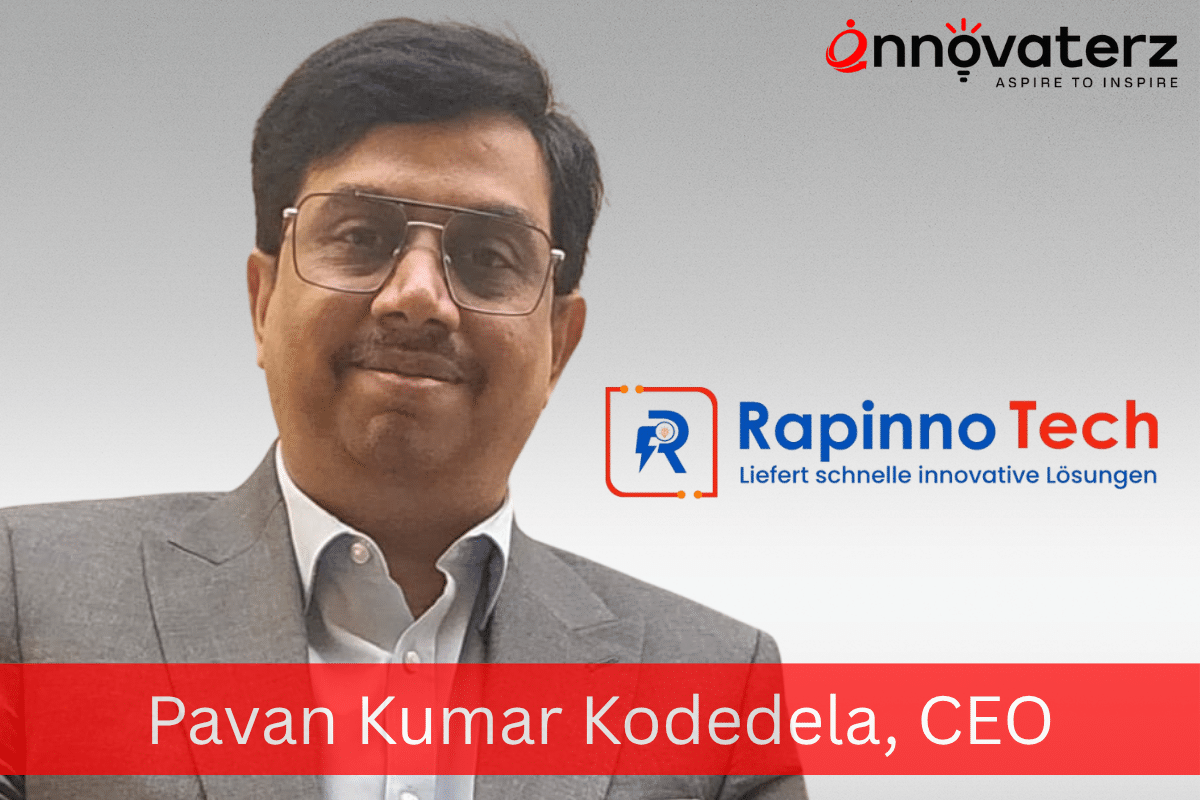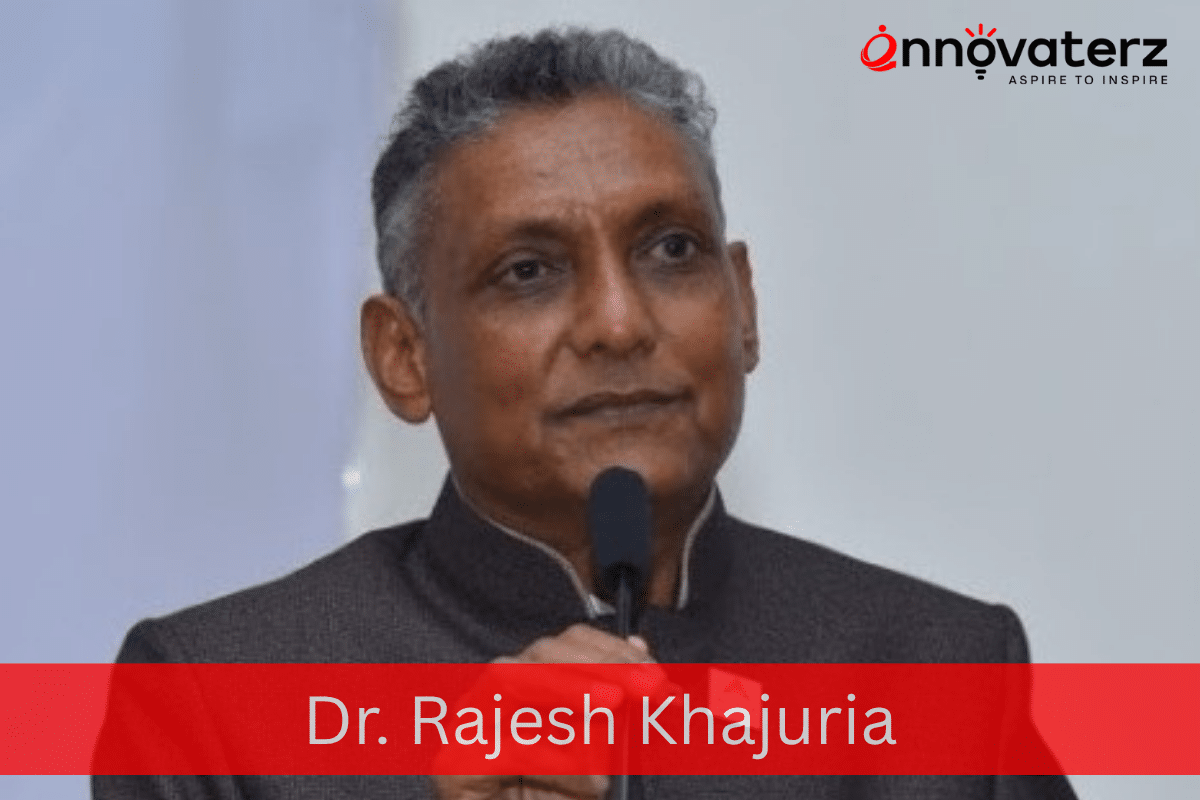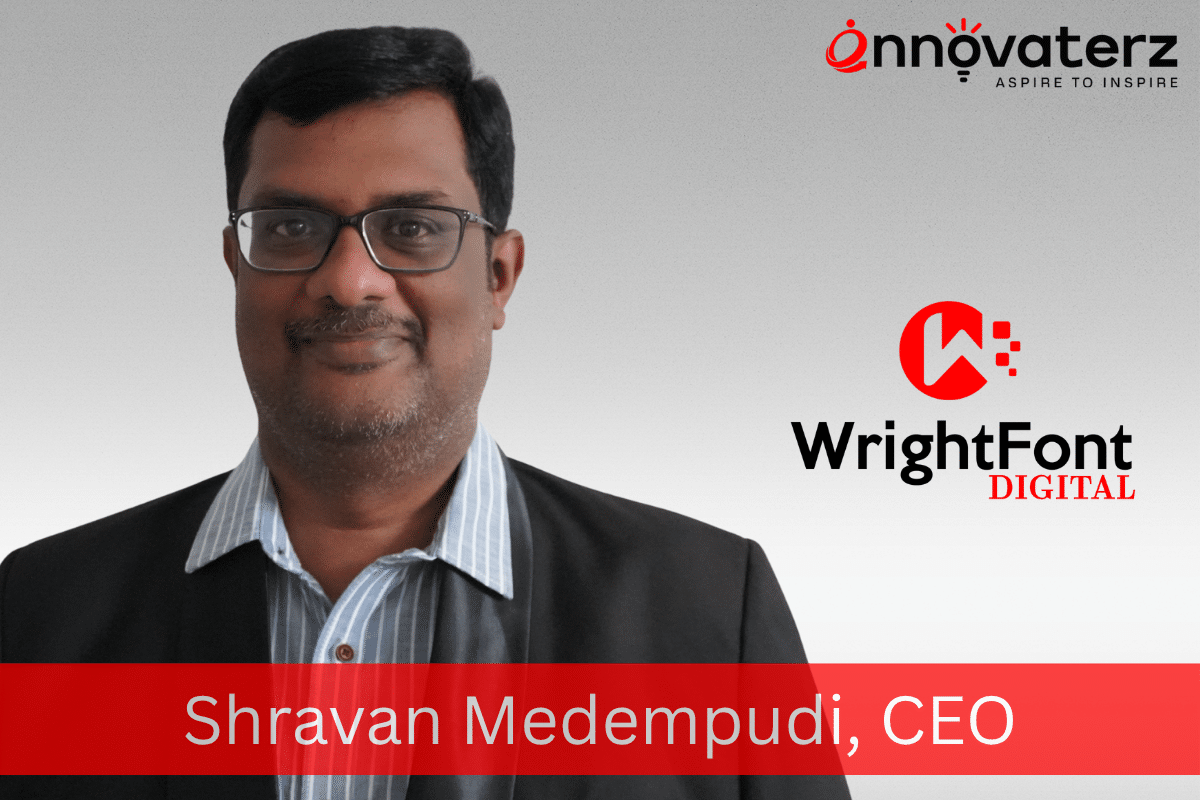Foundations: From Science to Analytics
How did your academic journey lead you to data and analytics? Were there defining projects or courses that shaped this transition?
My education began in pharmacy and later transitioned into a master’s in physical sciences, where I developed a deep appreciation for analytical thinking through research. That experience triggered a natural curiosity for data. I pursued advanced coursework in business intelligence and data modeling, which laid the foundation for my career in BI consulting. Currently, I’m further deepening my expertise with a second Master’s in Computer Information Systems from Colorado State University, specializing in Business Intelligence and IT Project Management.
Early on, projects like the RIO Risk Management System at CIT Bank, Shields Rx Analytics Platform, and Fidelity’s PI Sensors Project gave me invaluable exposure to enterprise-scale data environments. These experiences solidified my commitment to analytics and helped me see the impact of well-designed BI systems.
Career Evolution & Impact
What have been the most defining moments in your professional journey? How has your role evolved over time?
One major turning point was at Shields Health Solutions, where I owned the entire BI infrastructure—from design to deployment. It gave me full accountability and helped me mature as a strategist, not just a technologist.
Later, at Fidelity, I had the opportunity to drive the Self-Service Analytics Migration—a large-scale transformation focused on governance, metric consistency, and data democratization. This initiative shaped how I think about scalability, usability, and access.
Over time, I’ve moved from a BI Analyst role to lead developer, then to Senior Manager overseeing BI strategy and mentoring. Today, as Director, I focus on data architecture, semantic modeling, and building frameworks that enable organization-wide insights and decision-making.
What would you say are your core strengths and what makes your approach stand out?
I specialize in semantic modeling, data storytelling, and enterprise-scale BI strategy. What differentiates my approach is the ability to bridge business and technology through architecture that prioritizes trust, accessibility, and performance. I don’t just build dashboards—I create frameworks that empower users across technical levels to derive value from governed data.
Tech Strategy & Innovation in Action
How do Snowflake, AtScale, and Tableau fit into your analytics architecture? What made the biggest difference recently?
Snowflake serves as our cloud-native warehouse, offering scalability and performance. AtScale acts as a semantic layer—centralizing business logic, optimizing performance through autonomous aggregates, and enabling query federation. Tableau sits at the front end, translating this governed data into visual insights.
The biggest breakthrough was implementing AtScale. It allowed us to eliminate ETL-heavy dependencies, dramatically cut cloud costs, and establish a unified metric store—critical for trusted, scalable self-service analytics.
What were the key data challenges you addressed at Fidelity, and how did innovation help?
We faced fragmented environments, inconsistent metric definitions, and steep technical barriers for business users. The solution was a centralized, governed platform with a semantic layer at its core. It enabled real-time analytics, simplified complexity, and established governance as a built-in feature—not an afterthought.
I also led the creation of a semantic model that eliminated redundant reporting pipelines and brought consistency across business units. This was both an innovation and a strategic upgrade.
How do you stay current with evolving data technologies and trends?
I follow thought leaders like Seattle Data Guy, Ken Jee, Benn Stancil, and Barr Moses, and stay engaged with platforms like AtScale, Snowflake, and Tableau. Blogs, YouTube, Gartner articles, and hands-on experimentation help me test ideas in real-world environments. I balance exploration with practical application.
Leadership, Learning & Mentorship
How do you lead cross-functional teams and mentor emerging analysts?
I believe in using data as a common language. Shared semantic models and collaborative planning sessions help align data engineering, business units, and executive leadership. I also tailor communication to each stakeholder group—translating complexity into clarity.
In terms of mentorship, I actively participate in programs like Fidelity’s LEAP and offer internal mentorship across BI implementation, data modeling, and stakeholder engagement. I encourage cross-functional exposure through shadowing, helping analysts broaden their view of the business.
What are the leadership traits that help you succeed in managing analytics projects?
Empathy, adaptability, and clarity. I invest time in understanding the strengths of each team member, align them with the right goals, and create an environment that encourages feedback and experimentation. I lead by example and believe in simplifying strategy into actionable steps.
What’s your philosophy around continuous learning?
I combine structured learning—like my graduate coursework—with active experimentation in the workplace. Whether it’s testing new tools or applying a new semantic modeling concept, I believe in learning by doing.
A recent learning that made a significant impact was exploring how semantic layers can abstract complexity while enhancing governance and performance. It reshaped how I design data systems and think about scalability.











